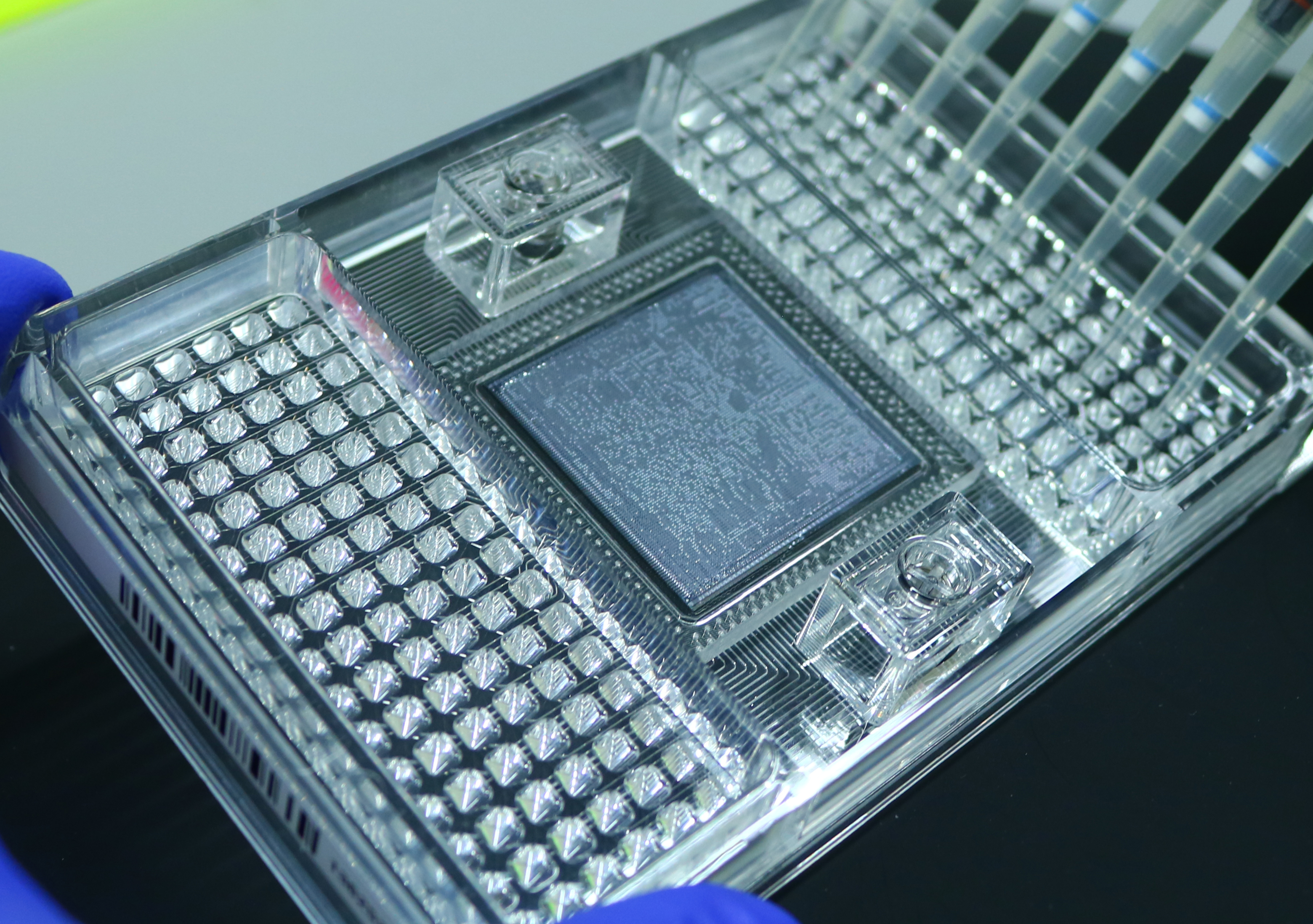By now, omics technologies and multi-omics analyses are fundamental methods in preclinical and clinical research as well as in drug development.
The focus is on understanding the molecular basis of disease development and progression as well as on the identification of biomarkers for diagnosis, prognosis and potential treatment response.
By combining different datasets and integrating clinical parameters, the aim is to derive disease and patient profiles and to make them available for use in patient care.
We are focusing on the analysis of secreted molecules (proteins, lipids, metabolites), particularly in blood samples, as they are easily accessible and therefore represent optimal candidates for broad application as biomarkers. However, the methods used are also applied for the analysis of other biological matrices (e.g., other body fluids, tissue or cell samples).
Core competencies:
Proteomics: PEA-based (Olink)
- Olink Panel: Target 96, Target 48, Flex, Focus
Further information about the technology and products can be found here. - Single samples, single- and multi-plate projects, longitudinal studies
- Human and murine samples
- Various matrices: e.g., plasma, serum, tissue- and cell lysates, cell supernatants, ISF, DBS, ascites fluid, synovial fluid, breath condensate, liquor, extracellular vesicles
- Analysis of minimum volumes
Lipidomics & Metabolomics: Mass Spectrometry
- Mass spectrometry coupled to liquid or gas chromatography
- Imaging mass spectrometry for tissue samples
- Screening methods for abundant lipids and metabolites as well as specified methods for low concentrated signaling molecules (e.g. oxylipins, sphingolipids, endocannabinoids, tryptophan and related metabolites)
- Various matrices of different origin (human, murine etc.): e.g. plasma, serum, tissue- and cell samples, cell organelles, cell supernatants, ISF, DBS, synovial fluid, liquor, extracellular vesicles
 Fraunhofer Institute for Translational Medicine and Pharmacology ITMP
Fraunhofer Institute for Translational Medicine and Pharmacology ITMP 